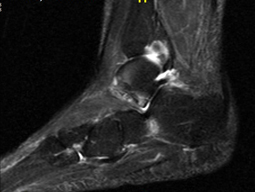
September 5, 2012 — According to a study in the Sept. issue of the Journal of the American College of Radiology, overall noninvasive diagnostic imaging (NDI) costs to Medicare Part B dropped 21 percent from 2006 to 2010. The study reveals that medical imaging is not a driver of escalating Medicare costs.
This study confirms that medical imaging costs are down significantly in recent years and runs counter to misconceptions that imaging scans serve a primary role in rising medical costs. This study should provide lawmakers and regulators with more current information on which to base medical imaging policies and allow them to correctly focus on other areas of medicine that may be seeing cost increases, said David C. Levin, M.D., lead author of the study.
Medicare Part B databases for 2000 to 2010 were used for the study. All NDI codes were selected. Medicare physician specialty codes were used to identify radiologists, cardiologists, all other non-radiologist physicians as a group and independent diagnostic testing facilities. Part B NDI payment trends were tracked. Overall, Part B spending for NDI rose from $5.921 billion in 2000 to $11.910 billion in 2006, but declined to $9.457 billion in 2010. Similar trends occurred across the medical specialty settings and in independent diagnostic testing facilities.
Medical imaging costs peaked in 2006, after doctors discovered that they could diagnose, treat or rule out serious conditions more safely and efficiently using scans rather than exploratory surgeries or admitting patients who did not need to be hospitalized. But in the subsequent years, reimbursement cuts have made a big dent in imaging costs. Also, utilization tightened as providers became more educated about when and which scans to order and radiation education efforts proliferated. This study shows that imaging has matured as it serves an increasingly vital role in modern healthcare, said Levin.
These findings are line with a recent Health Care Cost Institute report that imaging is the slowest growing of all physician services among privately insured individuals and that Medicare imaging use (overall) is down in recent years.
For more information, visit www.acr.org


 December 10, 2025
December 10, 2025 









